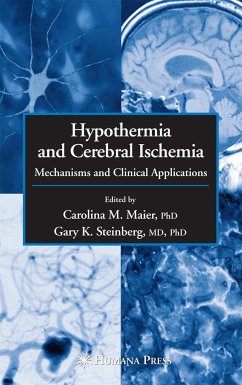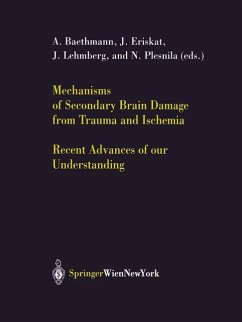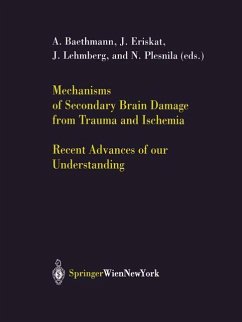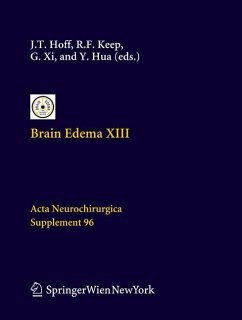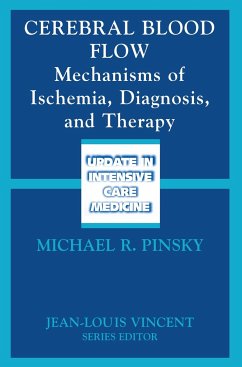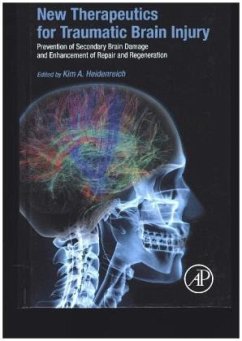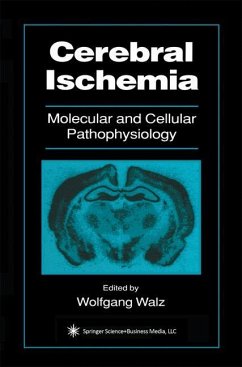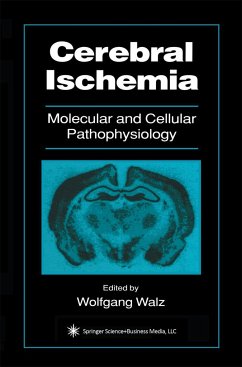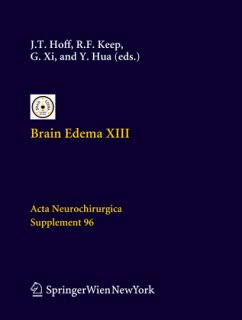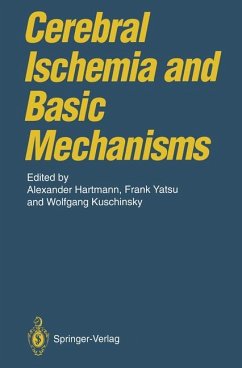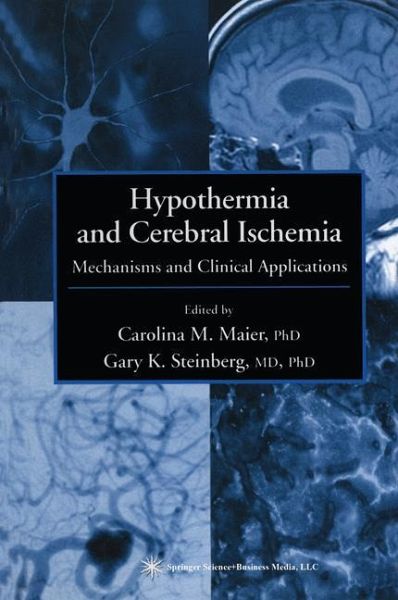
Hypothermia and Cerebral Ischemia
Mechanisms and Clinical Applications
Herausgegeben: Maier, Carolina M.; Steinberg, Gary K.

PAYBACK Punkte
42 °P sammeln!
A comprehensive review of the scientific and clinical studies that have led to the resurgence of interest in hypothermia as a neuroprotective strategy in the treatment of stroke and traumatic brain injury. Topics of special importance include intraoperative and intensive care management of hypothermia-treated patients, a critical look at the potential for combining hypothermia with pharmacotherapy, and an update on the latest technological advances that have made hypothermic treatment possible in today's clinical setting. Hypothermia is one of the most effective neuroprotective therapies in ex...
A comprehensive review of the scientific and clinical studies that have led to the resurgence of interest in hypothermia as a neuroprotective strategy in the treatment of stroke and traumatic brain injury. Topics of special importance include intraoperative and intensive care management of hypothermia-treated patients, a critical look at the potential for combining hypothermia with pharmacotherapy, and an update on the latest technological advances that have made hypothermic treatment possible in today's clinical setting. Hypothermia is one of the most effective neuroprotective therapies in experimental ischemia modes, and there is widespread interest in using it to treat stroke and traumatic brain injury (TBI) patients. In Hypothermia and Cerebral Ischemia: Mechanisms and Clinical Applications, leading investigators and pioneers from around the world take hypothermia from bench to bedside, comprehensively reviewing both the scientific and clinical studies that have led to its resurgence in the treatment of stroke. Topics of special interest include intraoperative and intensive care management of hypothermia-treated patients, a critical look at the potential for combining hypothermia with pharmacotherapy, and an update on the latest technological advances that have made hypothermic treatment of stroke and TBI possible in the current clinical setting. The authors also comprehensively review mild hypothermia's therapeutic potential and limitations, the latest developments in both basic and clinical hypothermia research, and actual clinical experience with hypothermia in stroke and TBI patients.
Comprehensive and up-to-date, Hypothermia and Cerebral Ischemia: Mechanisms and Clinical Applications summarizes for clinicians and basic scientists alike all that is known about the use of hypothermia as a neuroprotective strategy in the treatment of today's stroke and TBI patients.
Comprehensive and up-to-date, Hypothermia and Cerebral Ischemia: Mechanisms and Clinical Applications summarizes for clinicians and basic scientists alike all that is known about the use of hypothermia as a neuroprotective strategy in the treatment of today's stroke and TBI patients.



